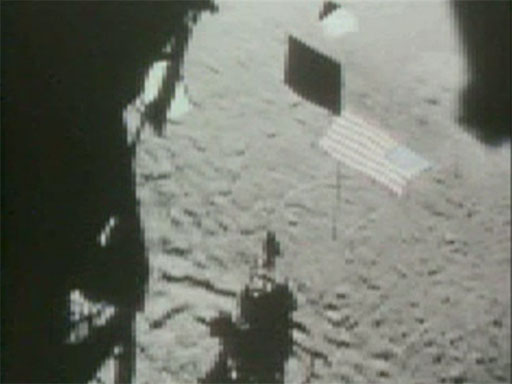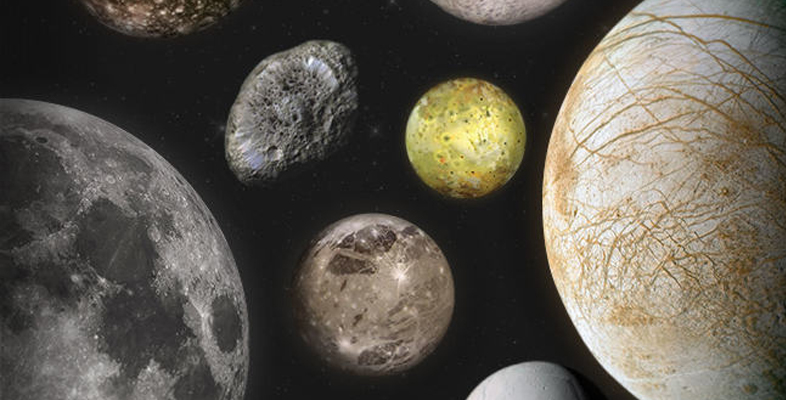3 Departure from the Moon
The astronauts really did risk their lives, as Apollo 13 demonstrated, but they successfully landed and returned six times. Moon rock amounting to 382 kg was returned to Earth and stored in special conditions for scientific study.
The video shows the view from the window of Apollo 14 as it departed the Moon on 6 February 1971. Sadly there is no footage from when Apollo 11 did the same in 1969.
By landing humans on the surface of the Moon, NASA had achieved its main goal, set out by President John F. Kennedy in 1961. Proving that crewed space exploration was technologically possible, the Apollo astronauts went on to conduct scientific experiments on the Moon, giving the world an important first insight into the Moon’s internal structure, gravity and other physical properties. Media coverage of these historic achievements inspired people watching back on Earth, all across the globe. But despite all of this, the Apollo programme could only be considered a true success if it ended with the safe return of these astronaut explorers to Earth. Successful completion of the mission was not certain and several different disasters were envisaged that might have resulted in Neil Armstrong and Edwin ‘Buzz’ Aldrin being marooned on the lunar surface; there was even a speech written for such an event. Later in the Apollo programme there was a brush with disaster, but not on the lunar surface.

